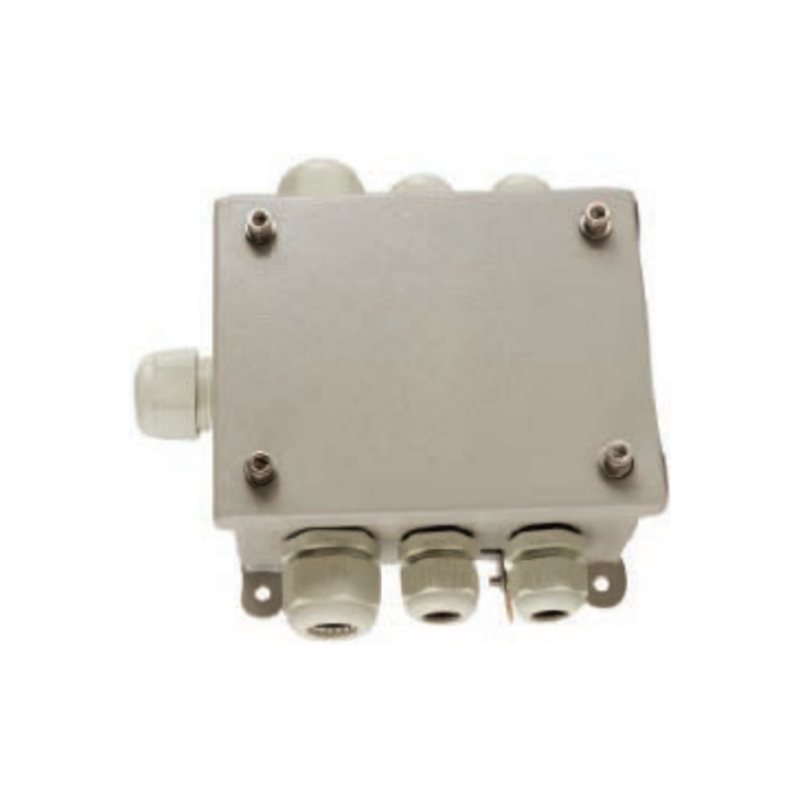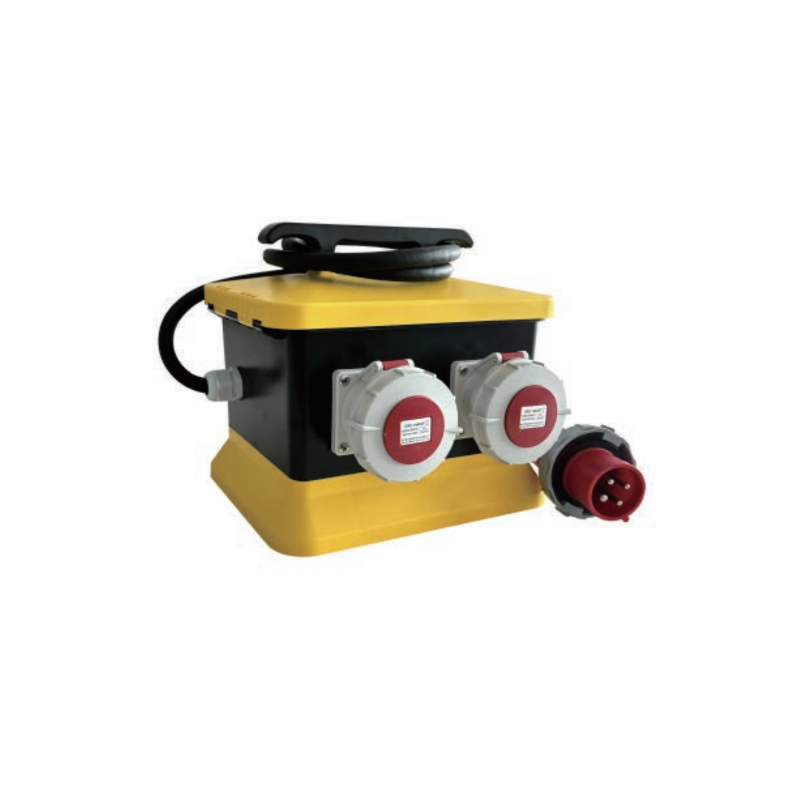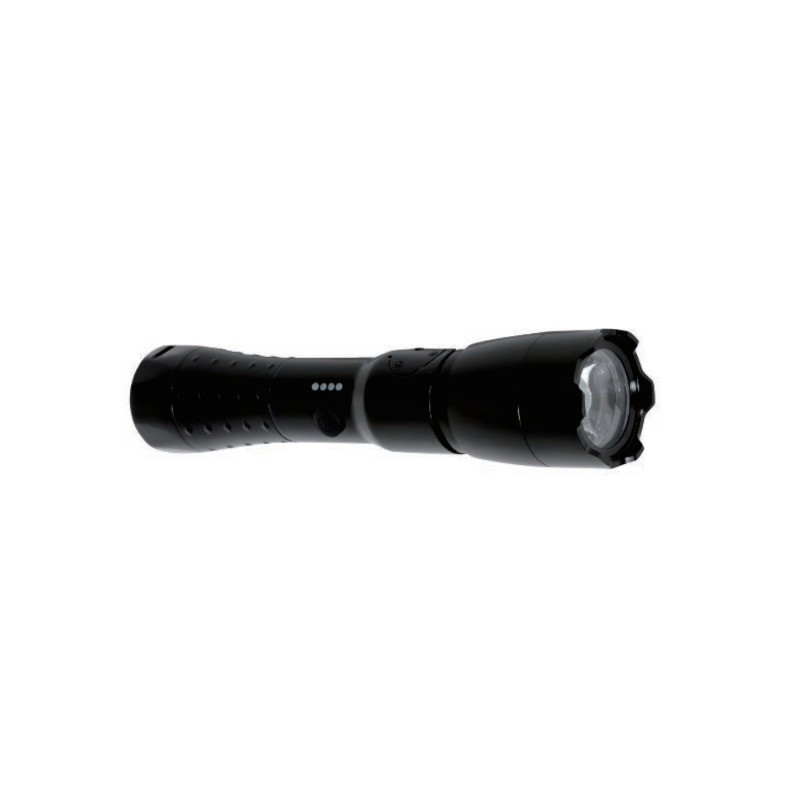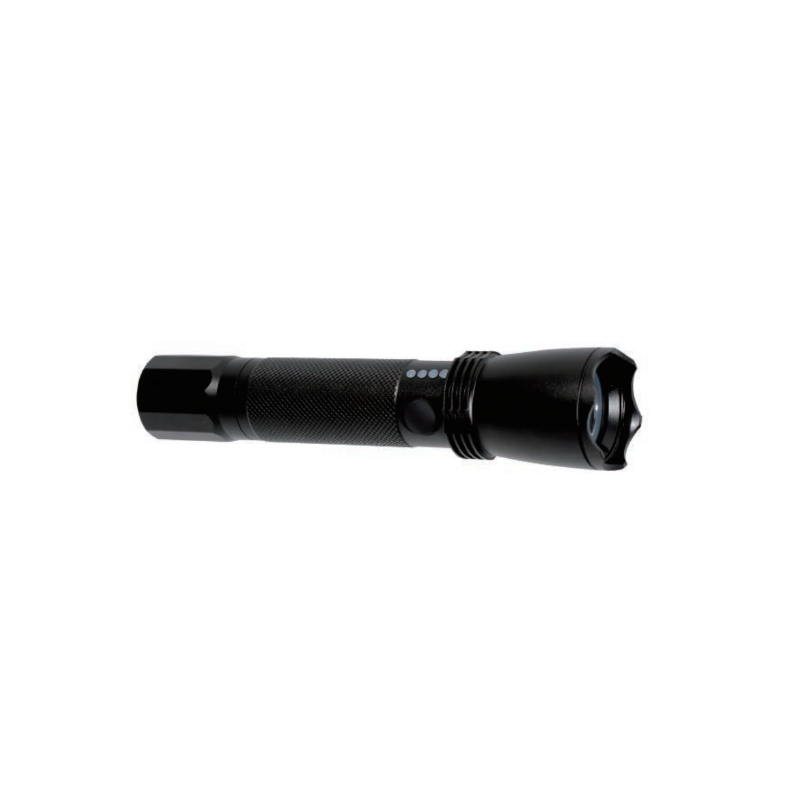Marine spotlights play a vital role in today’s sailing and offshore operations. They not only provide necessary lighting for night navigation and ensure the safety of ships and crews, but also support precise operations in adverse weather conditions or in environments with limited vision. Marine spotlights are designed to produce a concentrated beam of light that can illuminate distant objects, allowing ships to accurately identify obstacles ahead, avoid collisions, and ensure safe navigation at night or in low visibility conditions.
With the development of technology, many types of marine spotlights have appeared on the market, each with its own characteristics in terms of power, lighting distance, light source type, and durability. These different types of spotlights can meet various nautical needs, from large ships to small fishing boats, from sea search and rescue to night fishing, the application range of spotlights is wide. Therefore, understanding the basic types of marine spotlights and their characteristics is crucial to choosing the lighting device that best suits your specific needs.

The Importance of Marine Spotlights
The importance of marine spotlights in maritime navigation and operations cannot be ignored. It is one of the indispensable equipment in maritime navigation and operations. It greatly improves safety at night and in poor visibility conditions by providing powerful and concentrated lighting. and work efficiency.
Mainly reflected in the following aspects:
- Ensure navigation safety: At night or in low-visibility environments, spotlights provide necessary lighting to help crews identify obstacles, other ships and navigation marks ahead, avoid collisions and strandings, and ensure the safety of the ship and crew.
- Support night and bad weather operations: The spotlight can provide sufficient lighting at night or in bad weather conditions, allowing ships to conduct fishery operations, search and rescue operations, maintenance inspections and other important activities to ensure operational efficiency and safety.
- Improve navigation accuracy: When sailing near the coast or crossing narrow waterways, spotlights can illuminate the channel and shoreline, help the crew accurately judge the position and direction, and improve navigation accuracy.
- Enhanced signal and communication effects: Under certain circumstances, spotlights can also be used as signal lights to communicate with other ships or shore-based facilities through specific light signals, enhancing communication capabilities at sea.
- Adapt to diverse maritime tasks: Different types of marine spotlights can meet the lighting needs of different ships in different maritime tasks, ranging from commercial ships, fishing ships to special ships, and improve overall operational capabilities and safety.
Basic principles of marine spotlights
The basic principle of marine spotlights is to achieve efficient and concentrated lighting effects through carefully designed reflectors, light sources, lenses and heat dissipation systems to meet the lighting needs of maritime navigation and operations. The application of these technologies ensures that the spotlight can work reliably in harsh marine environments and provide necessary lighting support. These principles include:
- Light source selection: The light source of spotlights can be halogen lamps, LED lamps, HID (high intensity discharge lamps), etc. Each light source has its specific light efficiency, color temperature and lifespan. LED lights are becoming more and more popular due to their high efficiency, low energy consumption, long life and good shock resistance.
- Reflector design: The spotlight uses a built-in reflector to concentrate the light emitted by the light source. Reflectors are usually parabolic in shape and are capable of reflecting and concentrating light from a light source into an intense beam of light. This design allows light to shoot farther and improve lighting efficiency.
- Lenses and optical systems: Some spotlights are equipped with lenses or other optical systems to further adjust and optimize the shape and distribution of the beam, ensuring that the light is concentrated and accurately illuminates the desired area. These lenses can be flat, convex or concave, designed to suit specific needs.
- Heat dissipation design: For high-power spotlights, such as LED spotlights, heat dissipation is the key to maintaining long-term stable operation. Good heat dissipation design can extend the life of the light source and prevent performance degradation or damage caused by overheating.
- Power supply and dimming mechanism: The power supply design of the spotlight needs to adapt to the marine environment and be able to work stably under unstable power conditions. Some spotlights also have a dimming function that can adjust the light intensity as needed, usually through a built-in or external dimmer.
The illumination range and light intensity of the spotlight.
The illumination range and intensity of a spotlight are determined by its design, the type of light source, its output power, and the quality of its optical components. When selecting a spotlight, these factors should be considered based on actual needs and application scenarios to ensure that the chosen spotlight can meet specific lighting requirements.
lighting range
- Beam Angle: Spotlights are often designed to concentrate the beam into a narrow beam angle for long-distance illumination. The smaller the beam angle, the more concentrated the beam, and the more concentrated the illumination range is at long distances; conversely, the larger the beam angle, the wider the illumination range at close range, but the long-distance illumination effect is weakened.
- Output power: The higher the output power of a spotlight, the stronger the light it emits, and accordingly, the greater its effective lighting range. High-power spotlights can provide longer lighting distance and are suitable for occasions requiring long-distance observation.
light intensity
Light intensity, or light intensity, refers to the luminous flux per unit area, commonly expressed in lumens. It reflects how bright the light from a spotlight is, affecting the effectiveness of lighting and the visibility of target objects.
- Light source efficiency: Different types of light sources, such as LED, halogen lamps or HID, have different efficiencies, which is the ability to convert unit electrical energy into light energy. LED light sources are widely used in spotlights because of their high efficiency, which can provide high-intensity light with low energy consumption.
- Reflector Design: The reflector design of a spotlight has a significant impact on the intensity of the light. Efficient reflectors can better focus the light beam, increasing the intensity of the light at the target point, making distant objects clearly visible.
- Lenses and optical systems: Appropriate lenses and optical systems can optimize the propagation path of the beam and reduce light loss, thereby increasing the intensity of light reaching the target area.

Types of marine spotlights
| Type | Characteristics | Applications |
|---|---|---|
| Fixed Spotlights | Mounted at specific positions on the ship such as the bridge, masthead, or sides; fixed position. | Suitable for areas or directions that require constant illumination, like navigating or working zones. |
| Rotating Spotlights | Can be manually or electrically adjusted to illuminate different areas; high flexibility. | Ideal for search and rescue, signaling, or when directional lighting is needed for specific targets or changing directions. |
| Portable Spotlights | Small, lightweight, easy to carry; can be hand-held or mounted on a movable stand; battery or externally powered. | Perfect for temporary or emergency lighting needs, like emergency repairs, night deck operations, or rescue activities. |
| LED Spotlights | Utilize LED as the light source; high energy efficiency, long lifespan, durable, low maintenance cost. | Suitable for various marine lighting situations, especially for continuous use, such as navigation lighting, deck work, etc. |
| HID Spotlights (High-Intensity Discharge) | Provide very high luminous flux, strong light intensity, and long illumination distance; lower energy efficiency and longer start-up time compared to LED spotlights. | Best for applications requiring long-distance illumination and high light intensity, like search and rescue operations on large ships. |
Factors to consider when choosing a marine spotlight
Choosing the right marine spotlight involves considering several factors to ensure the light meets the specific needs of the ship and its operations. Here are the key factors to consider:
- Type of Light Source: Different light sources such as LED, Halogen, or HID (High-Intensity Discharge) have varying characteristics in terms of energy efficiency, lifespan, brightness, and color temperature. LEDs are popular for their energy efficiency and long life, while HID lights are known for their high brightness and longer reach.
- Beam Distance and Intensity: The required illumination distance and intensity depend on the intended use of the spotlight. For navigation and search operations, a spotlight with a long beam distance and high intensity is preferred. For deck operations, a less intense light might be sufficient.
- Durability and Weather Resistance: Marine spotlights should be able to withstand harsh marine environments, including resistance to water, salt, and corrosion. Materials such as marine-grade aluminum and stainless steel are commonly used for their durability and corrosion resistance.
- Power Source and Consumption: Consider the spotlight’s power source (e.g., battery-operated, wired to the ship’s power supply) and its energy consumption. Energy-efficient lights like LEDs may be preferable for their lower power consumption and longer operational life.
- Size and Weight: The available space for installing the spotlight and any weight restrictions should be considered. Larger and heavier spotlights might offer more powerful illumination but can be challenging to install on smaller vessels.
- Mounting Options: Depending on the intended use and location on the ship, the spotlight might need to be fixed, portable, or have the ability to rotate and tilt for adjustable illumination.
- Ease of Use and Maintenance: Features such as remote control operation, adjustable focus, and easy-access components for maintenance can make a spotlight more user-friendly and reduce downtime.
- Compliance with Regulations: Ensure the spotlight meets any applicable safety and regulatory requirements for marine lighting, including intensity, beam angle, and color specifications if used for navigation or signaling.
- Budget: Finally, consider the cost of the spotlight and its running expenses. While higher-quality spotlights may have a higher initial cost, they might offer lower maintenance costs and longer service life, providing better value in the long term.
How to choose the right spotlight for a given situation
1. Night Navigation
- Type of Light Source: LED spotlights, for their high efficiency and longevity, suitable for prolonged use.
- Beam Distance and Intensity: Requires long-distance illumination and high intensity to ensure clear visibility of obstacles ahead and around.
- Durability and Weather Resistance: High resistance to marine environments, including salt spray and moisture.
- Mounting Option: Fixed spotlights, installed on the bridge or other appropriate high locations, to achieve the best illumination range.
2. Search and Rescue
- Type of Light Source: HID spotlights, for providing stronger light intensity and longer illumination distance, suitable for search and rescue.
- Beam Distance and Intensity: Extremely high light intensity and a wide illumination range are needed to quickly locate targets over a large area.
- Mounting Option: Rotating spotlights that can be adjusted flexibly to cover a broader search area.
- Carrying and Operation: Consider carrying additional portable spotlights for precise searching in specific locations.
3. Deck Operations
- Type of Light Source: LED or Halogen spotlights, chosen based on the desired comfort of the light.
- Beam Distance and Intensity: Medium light intensity to avoid glare while providing sufficient illumination for operations.
- Mounting Option: Can be fixed or portable; portable spotlights are suitable for temporary lighting needs.
- Durability and Weather Resistance: Good resistance to various weather conditions to ensure stable operation.
4. Emergency Situations
- Type of Light Source: LED portable spotlights, for their portability, low energy consumption, and instant-on feature.
- Beam Distance and Intensity: Medium to high light intensity to quickly illuminate areas needed for emergency or repair.
- Carrying and Operation: Portable design to ensure quick retrieval and use.
- Power Source: Consider battery-powered spotlights for use during power outages or away from power sources.
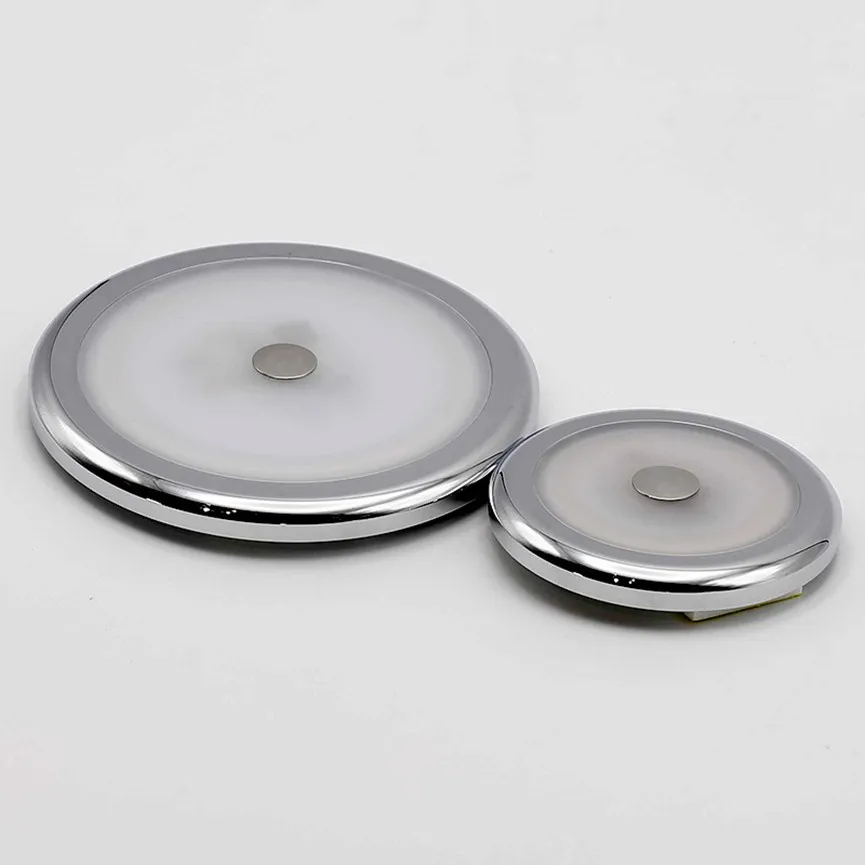
Conclusion
In conclusion, selecting the right marine spotlight is essential for ensuring safety, efficiency, and effectiveness in various maritime operations, from night navigation and search and rescue efforts to deck operations and emergency situations. By carefully considering factors such as the type of light source, beam distance and intensity, durability and weather resistance, mounting options, and power sources, marine operators can make informed decisions that cater to their specific needs.
Understanding the different types of spotlights available and their respective applications allows for a tailored approach to marine lighting, ensuring that each task is supported by the optimal lighting solution. Whether it’s the precision and durability of LED spotlights, the powerful illumination of HID lights, or the flexibility of portable and rotating spotlights, there’s a lighting solution for every maritime challenge.
The advancements in lighting technology continue to provide marine operators with a wide range of options to enhance safety and operational efficiency on the water. By prioritizing the key considerations and aligning them with the vessel’s requirements and budget, one can select a marine spotlight that not only meets but exceeds expectations, ensuring a safer and more productive marine environment.


